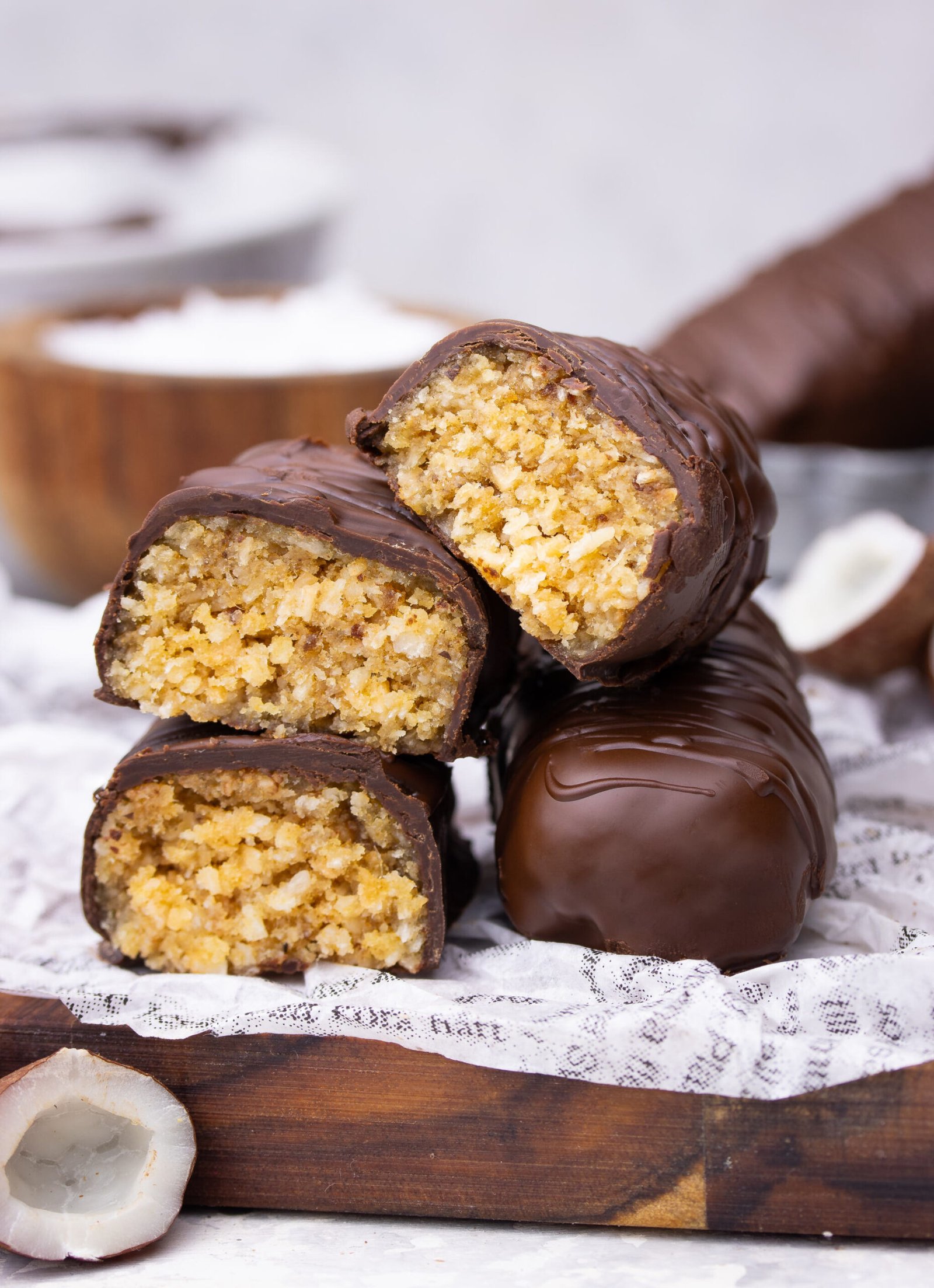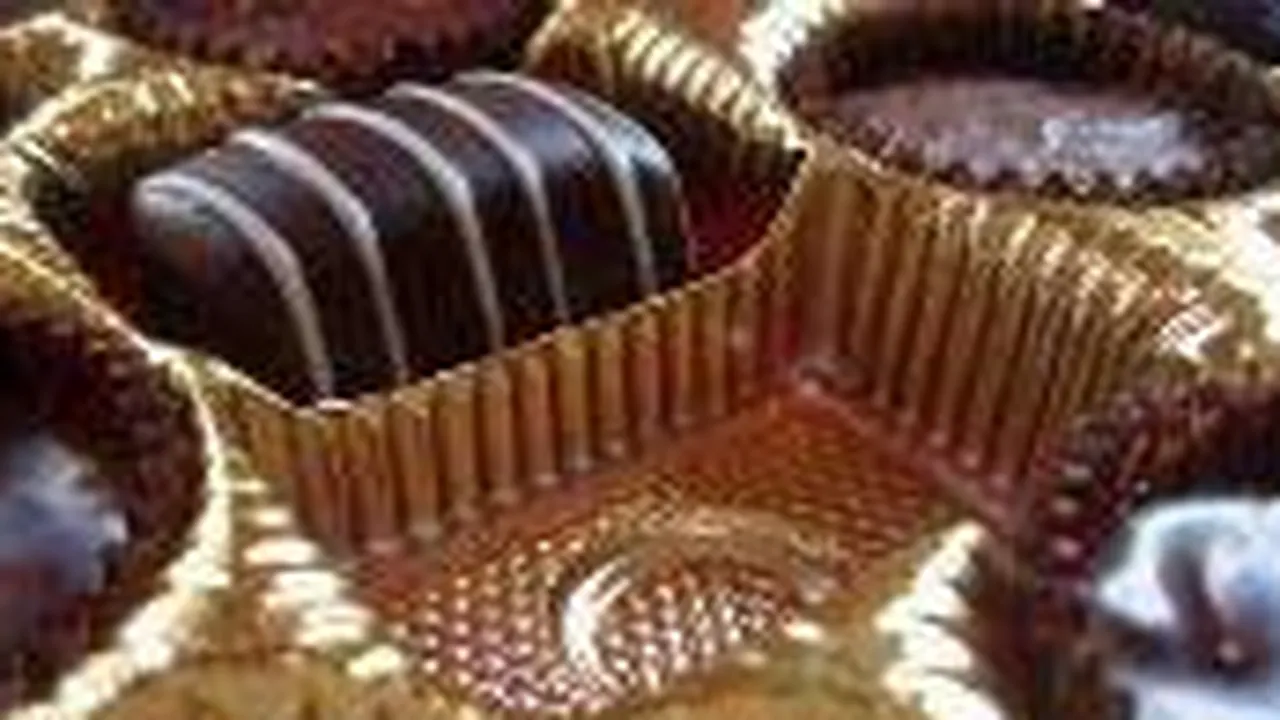Baking is often described as an art, but beneath the surface, it’s a precise science, where chemical reactions transform simple ingredients into delectable treats. Understanding the roles of key components — leavening agents, fats, sugars, and eggs — unlocks the secrets to perfect texture, flavor, and appearance.
The Power of Leavening Agents
Leavening agents are the unsung heroes of height and fluffiness, creating gas that expands during baking, giving cakes, breads, and pastries their characteristic airy texture. These agents are crucial for achieving the desired lightness and crumb structure in a wide variety of baked goods.
- Yeast: A living microorganism, yeast ferments sugars, producing carbon dioxide and alcohol. This process, known as fermentation, is crucial for the rise in breads and some pastries, yielding a distinct flavor profile [Source: Food Network]. The slow action of yeast allows for complex flavors to develop, making it a favorite for artisanal breads.
- Baking Soda: Sodium bicarbonate, or baking soda, is an alkali that requires an acid (like buttermilk, lemon juice, or brown sugar) to react. When combined with an acid and moisture, it produces carbon dioxide gas, providing a rapid lift. If no acid is present, it can leave a soapy taste due to the unreacted baking soda [Source: King Arthur Baking]. It’s often used in recipes where acidic ingredients are already present.
- Baking Powder: A complete leavener, baking powder contains baking soda, an acid (like cream of tartar), and a starch (to absorb moisture and prevent premature reaction). Most baking powders are “double-acting,” meaning they produce an initial release of gas when mixed with liquid, and a second, more significant release when heated in the oven, ensuring a consistent rise [Source: Exploratorium]. This dual action makes it very reliable for achieving a good lift in cakes, cookies, and muffins. For delightful baked goods, explore recipes like our Baked Cinnamon Crunch Apple Cider Doughnuts or Blueberry Yogurt Coffee Cake Muffins.
The Role of Fats
Fats, such as butter, oils, and shortening, are integral to tender and moist baked goods. They play several critical roles, primarily by coating flour particles, which prevents excessive gluten development, leading to a more desirable texture.
- Tenderness and Moisture: Fats interfere with gluten formation, creating a more tender crumb. Gluten, when overdeveloped, can make baked goods tough and chewy. Fats also contribute significantly to moisture retention, keeping baked goods from drying out and extending their freshness [Source: Serious Eats].
- Flavor and Richness: Beyond texture, fats carry flavor molecules, enhancing the overall taste and richness of a dessert. Butter, for instance, adds a distinct, desirable flavor profile that is hard to replicate with other fats [Source: Culinary School]. The type of fat used can significantly impact the final flavor.
- Leavening (Creaming Method): When solid fats like butter are creamed with sugar, air pockets are incorporated into the mixture. These tiny air cells expand during baking, contributing to the leavening process and creating a lighter, more airy texture. This creaming method is a fundamental technique in many cake and cookie recipes.
The Sweet Science of Sugars
Beyond sweetness, sugar plays multiple crucial roles in baking, influencing texture, moisture, color, and even leavening.
- Flavor and Browning: Sugar provides sweetness and contributes to the Maillard reaction and caramelization. The Maillard reaction is a complex chemical process responsible for the golden-brown crust and appealing savory-sweet flavors of many baked goods, while caramelization occurs when sugars are heated to high temperatures, creating rich, nutty notes [Source: Scientific American].
- Moisture and Tenderness: Sugar is hygroscopic, meaning it attracts and retains moisture. This property helps to keep baked goods soft and moist, extending their shelf life. It also tenderizes by interfering with gluten development, much like fats, preventing a tough crumb [Source: Sugar Association].
- Structure and Leavening: When creamed with fat, sugar crystals cut into the fat, creating tiny air pockets that expand during baking, contributing to the lift and tender crumb of the finished product. Sugar also helps stabilize whipped egg whites in meringues, allowing them to hold their airy structure.
The Multifaceted Magic of Eggs
Eggs are the workhorses of the baking world, offering a remarkable range of functions that contribute to structure, emulsification, leavening, moisture, and richness in almost every recipe.
- Structure: Egg proteins, particularly albumin in the whites, coagulate and firm up when heated. This coagulation provides a stable structure that prevents baked goods from collapsing, ensuring they hold their shape [Source: Eggs.ca]. They act as a binding agent, holding other ingredients together.
- Emulsification: Egg yolks contain lecithin, a natural emulsifier that helps bind fats and liquids together. This is crucial for creating smooth, homogenous batters and preventing separation, resulting in a consistent texture throughout the baked good [Source: Culinary Adventures].
- Leavening: When egg whites are whipped, they trap air, creating a foam that expands in the oven. This trapped air contributes significantly to the airy texture of soufflés, meringues, and some cakes, like in our Lemon Chai Cake. Whole eggs, when beaten, also incorporate air, providing some lift.
- Moisture and Richness: Both yolks and whites contribute water, fat (from the yolk), and protein, adding to the moisture, richness, and overall flavor of the final product. The fat in the yolk provides a velvety mouthfeel and deepens flavor.
By understanding how these fundamental ingredients interact, bakers can anticipate and control the outcome of their creations, transforming simple components into extraordinary desserts. The “alchemy” of baking truly lies in mastering these scientific principles.
The History and Appeal of Spinach and Artichoke Pizza
Spinach and artichoke pizza offers a delectable combination of creamy, savory flavors, taking direct inspiration from the popular spinach and artichoke dip. This culinary creation effectively transforms a beloved appetizer into a satisfying main course, gaining significant popularity for its comforting and indulgent nature.
The origins of spinach and artichoke dip, which predates the pizza application, trace back to the mid-20th century, emerging as a popular appetizer in the United States [Source: Wikipedia]. Its creamy texture and savory taste quickly made it a hit, particularly for gatherings and casual dining. The dip itself, known for its rich texture and harmonious blend of ingredients, often includes cooked spinach, chopped artichoke hearts, various cheeses—such as cream cheese, Parmesan, mozzarella, and sometimes Monterey Jack or Gruyere—and seasonings like garlic and onion powder [Source: Food Network]. While the exact origin of the pizza variation is not clearly documented, it is widely believed to have emerged as a creative adaptation of this classic dip, which gained significant popularity in the United States during the late 20th century [Source: Mashed].
When translated into a pizza, these core components are typically spread over a pizza crust, often as a creamy base replacing or complementing traditional tomato sauce. This combination typically features a rich base of cream cheese, mayonnaise, or a blend of cheeses like mozzarella, Parmesan, and sometimes Monterey Jack, mixed with chopped spinach and artichoke hearts [Source: Food Network]. Often, garlic, onion, and various seasonings are added to enhance the flavor profile. The dish typically features a generous layer of mozzarella or a blend of cheeses, baked until bubbling and golden. The earthy notes of spinach and the slightly tangy, briny taste of artichokes complement the rich, melted cheese perfectly [Source: Allrecipes].
This pizza has become a beloved option for its comforting taste and its ability to appeal to both vegetable enthusiasts and those seeking a departure from conventional pizza toppings. It offers a unique alternative to traditional meat or vegetable pizzas, appealing to a broad audience, including vegetarians. Many variations exist, with some recipes incorporating different cheeses, adding a white sauce base instead of a tomato sauce, or even including chicken for a heartier meal. For a delightful take on this classic, consider exploring recipes that balance the creaminess of the dip with a crispy crust, ensuring each bite offers a harmonious blend of textures and flavors, like our own Spinach and Artichoke Pizza recipe.
Sources
- Allrecipes – Spinach Artichoke Pizza
- Culinary Adventures – The Science of Baking: Eggs
- Culinary School – Fats in Baking
- Eggs.ca – How Eggs Work in Baking
- Exploratorium – The Science of Yeast
- Food Network – What is Yeast?
- Food Network – Spinach Artichoke Dip
- Food Network Kitchen – Spinach Artichoke Pizza
- King Arthur Baking – The Difference Between Baking Soda and Baking Powder
- Mashed – The Secret Ingredient That Will Take Your Spinach Artichoke Dip To The Next Level
- Scientific American – How Does Sugar Affect Baking?
- Serious Eats – What Do Fats Do In Baking?
- Sugar Association – The Functions of Sugar in Food
- Wikipedia – Spinach Di
Conclusion:
Baking is both an art and a science, where ingredients like leavening agents, fats, sugars, and eggs undergo precise chemical reactions to create texture, flavor, and structure. Mastering their roles transforms simple mixtures into extraordinary desserts. Similarly, spinach and artichoke pizza showcases culinary creativity, blending the richness of a classic dip with a crispy crust for a comforting, flavorful twist.


